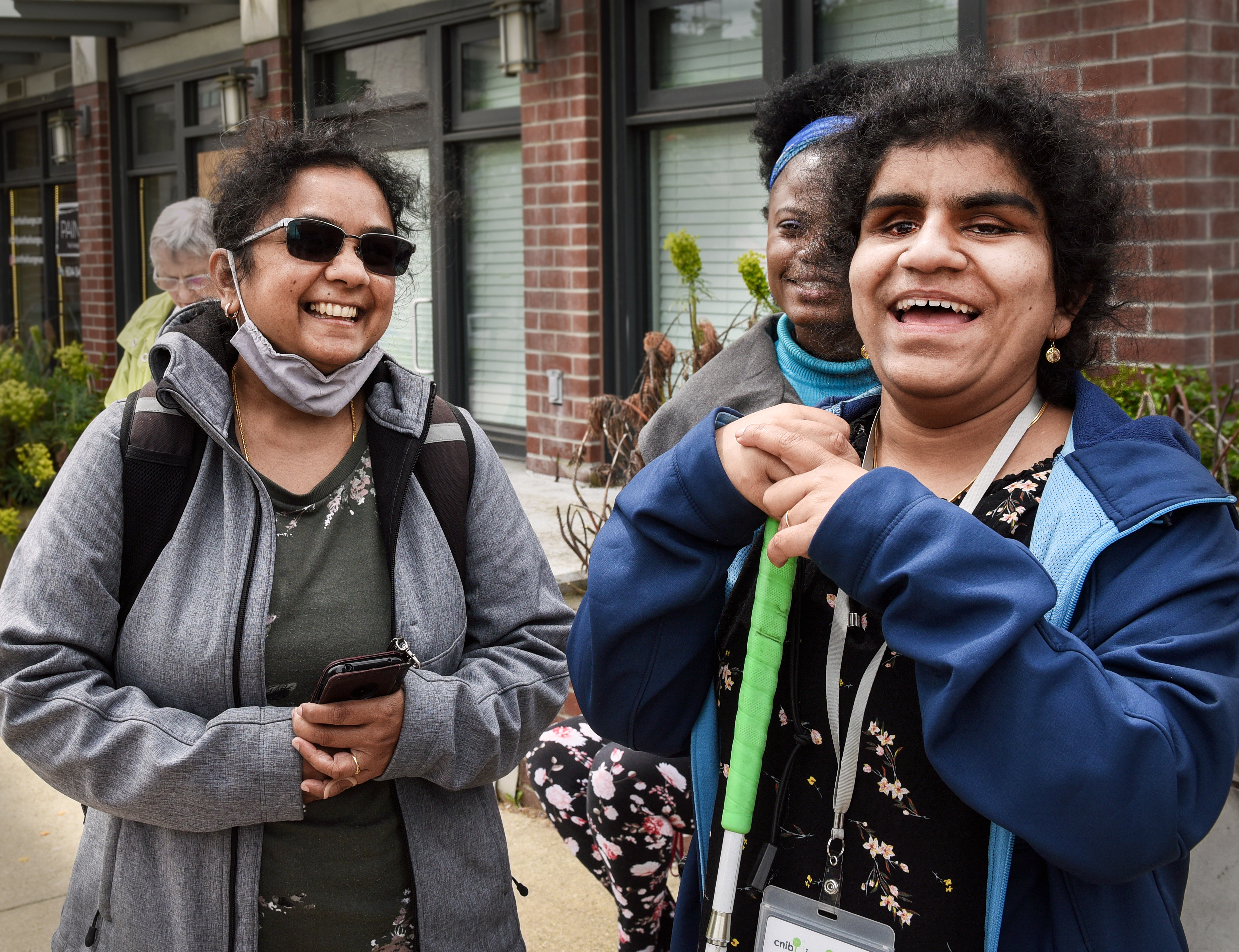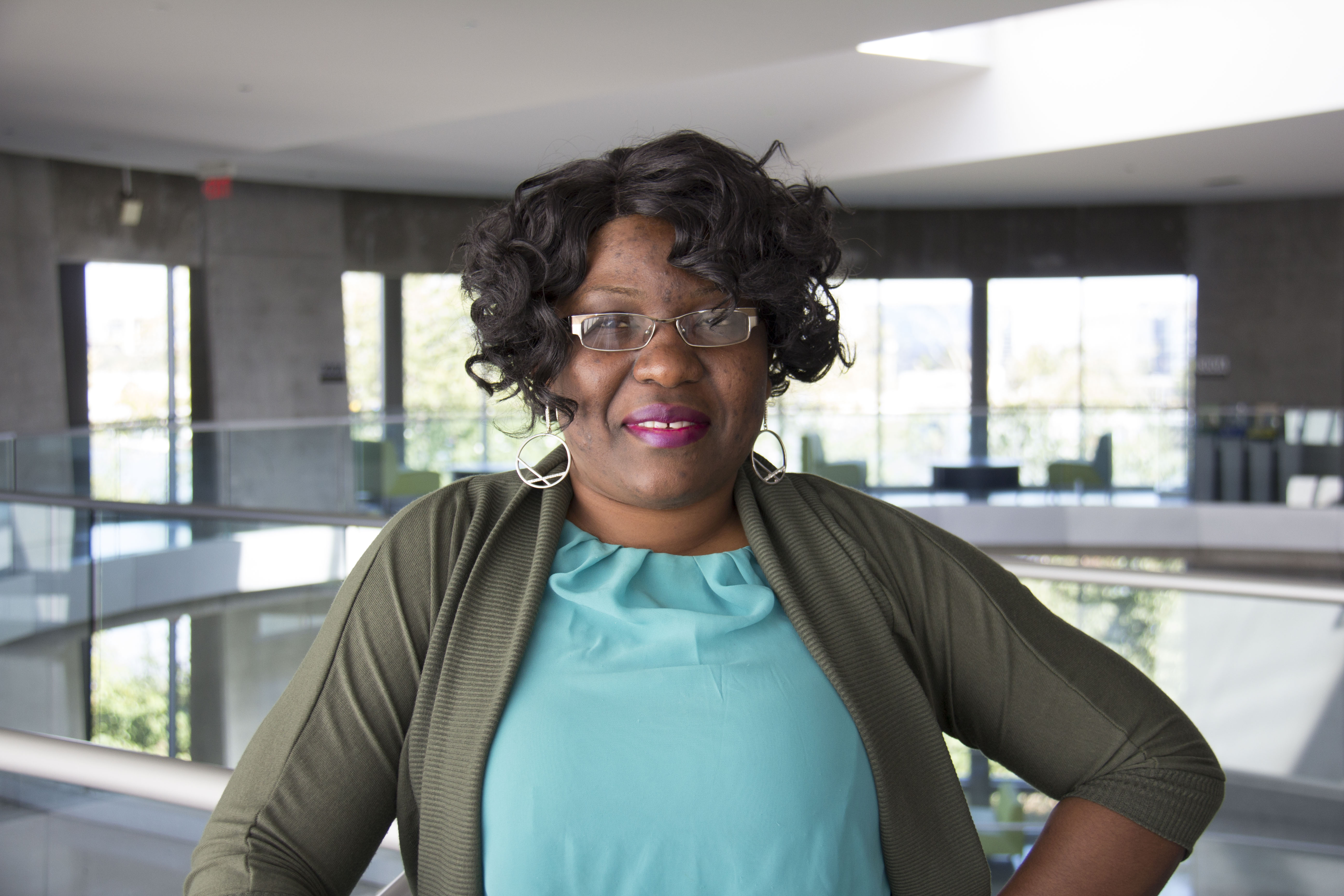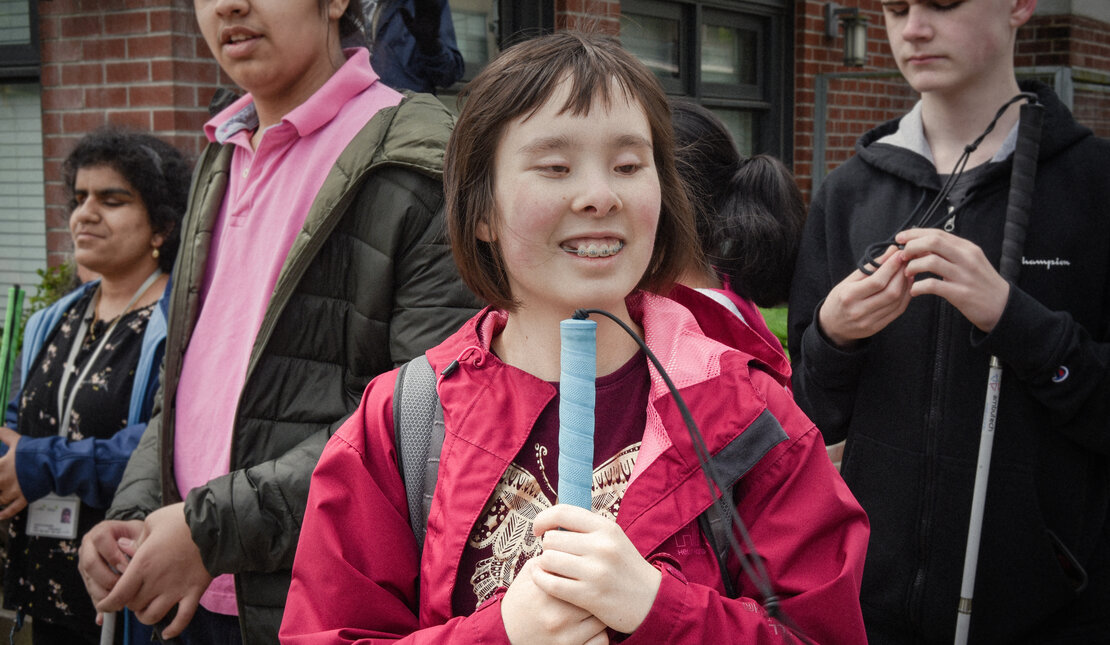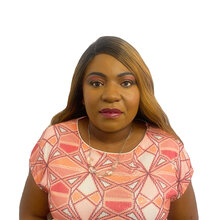Join Us in Celebrating National Deafblindness Awareness Month!
Each June, Canada celebrates National Deafblind Awareness Month, a time dedicated to raising awareness about Deafblindness. This month offers Canadians the opportunity to learn about the experiences of people who are Deafblind and to celebrate their achievements within communities across the country. This important celebration also aims to challenge misconceptions about Deafblindness and promote greater understanding.
What is Deafblindness?
Deafblindness is a condition in which people experience some combination of hearing and vision loss to varying degrees. One person who is deafblind may have partial vision and hearing, while another may have lost both senses completely. Alternatively, someone might have no hearing but some vision, or no vision but some hearing. According to the Canadian Helen Keller Centre, there are over 400,000 Canadians who are living with some degrees of Deafblindness.

In a world where accessing basic information and building relationships relies heavily on sight and/or sound, how do people who are Deafblind communicate?
Communication for people who are deafblind is tailored to their specific sensory abilities or preferences. They use a variety of methods to communicate including:
- Two-hand manual alphabet: the two-hand manual alphabet is a method of spelling out words onto a person’s hand – with each letter denoted by a particular sign or place on the hand.
- Print-on-palm: in this communication method, letters are traced on the palm, so they can “read” what is being written on their hand.
- Tactile sign language: this is a method of communication that relies heavily on touch. The receiver’s hand(s) are placed lightly on the back of the signer’s hands to feel their signs through touch and movement.
- Braille: Braille is a tactile writing system used by people who are blind, partially sighted, or Deafblind.
- Interveners: some people who are Deafblind depend on support from interveners who are trained professionals that help facilitate communication.
- A variety of assistive technologies also help those who are Deafblind to communicate with the world.
Living with Deafblindness can be challenging, but with these modes of communication and adequate support, people who are Deafblind can gain independence, pursue their goals and live fulfilling lives.
Most people may have never met or interacted with someone who is deafblind. Thus, they might assume that people who are deafblind cannot do normal things such as raising a family, building relationships, working, obtaining a degree, or having a social life.
In this blog we are going to share the experiences and achievements of two remarkable Canadians, with varying degrees of Deafblindness, despite the barriers they have faced.

Penny Benett Leclair
Penny is the current chairperson for the board of directors of CNIB Deafblind Community Services. She has been blind her entire life, and lost her natural ability to hear three decades ago. She now uses cochlear implants.
Determined, Penny actively pursued her education goals and became the first Canadian who is Deafblind to attend and graduate from the British Columbia Institute of Technology with a diploma in Business Administration. She also became the first Canadian who is Deafblind to take the Massage Therapy courses at Algonquin College.
Penny is an advocate and speaker, dedicated to helping build awareness and break down societal barriers for persons with disabilities. Penny's advocacy brought about changes to Ontario’s rules pertaining to the provision of cochlear implants. People who are Deafblind now have the option to receive both right and left cochlear implants in cases of severe hearing loss.
Penny is also a wife and a mother.
Betty Nobel
Betty is the current chair of the Accessible Standards Canada committee for Wayfinding and Signage. Participating in the work to develop this standard allows her to have some influence in improving access to federal facilities for people with various disabilities.
Betty was born blind and developed some hearing loss over the years. She has never allowed the disability to prevent her from achieving her dreams and living her life to the fullest. Growing up she enjoyed skipping, roller skating and ice skating, and playing backyard baseball, hitting the ball and running the bases.
Despite obstacles on her way, including attitudinal barriers, Betty obtained a Bachelor of Arts, and later, a degree in Adult Education from the University of British Columbia and a teaching certificate. With her education, Betty was hired part time to teach Deafblind students attending the Program for the Deaf and Hard of Hearing at Vancouver Community College. She then went on to found a similar program for adults who were blind to help them acquire the skills they would need to be successful in mainstream programs.
Throughout her career, Betty has always advocated for positive change. She has served on many volunteer boards including Braille Literacy Canada, Blind Beginnings, CNIB, Vision Loss Rehab and Advocates for Equality of Blind Canadians and Accessible Media Inc. Betty is a recipient of the YWCA Woman of Distinction Award for her service to the community in the area of Education, Training and Development.
Betty has been married for over 48 years and has two children and six grandchildren.
How can you celebrate National Deafblind Awareness Month?
Engage in "yarn bombing" until the end of the month. Yarn Bombing is actually a form of street art where vibrant knit and crochet squares adorns objects such as trees, buildings, or lampposts in order to raise awareness during National Deafblind Awareness Month. Visit the yarn bombing gallery for some inspirations to get you started.
Educate yourself about Deafblindness by visiting CNIB Deafblind Community Services, and/or Canadian Helen Keller Centre.
Get involve with organizations that support people with Deafblindness, such as the Canadian Helen Keller Centre or Deafblind Ontario Services







